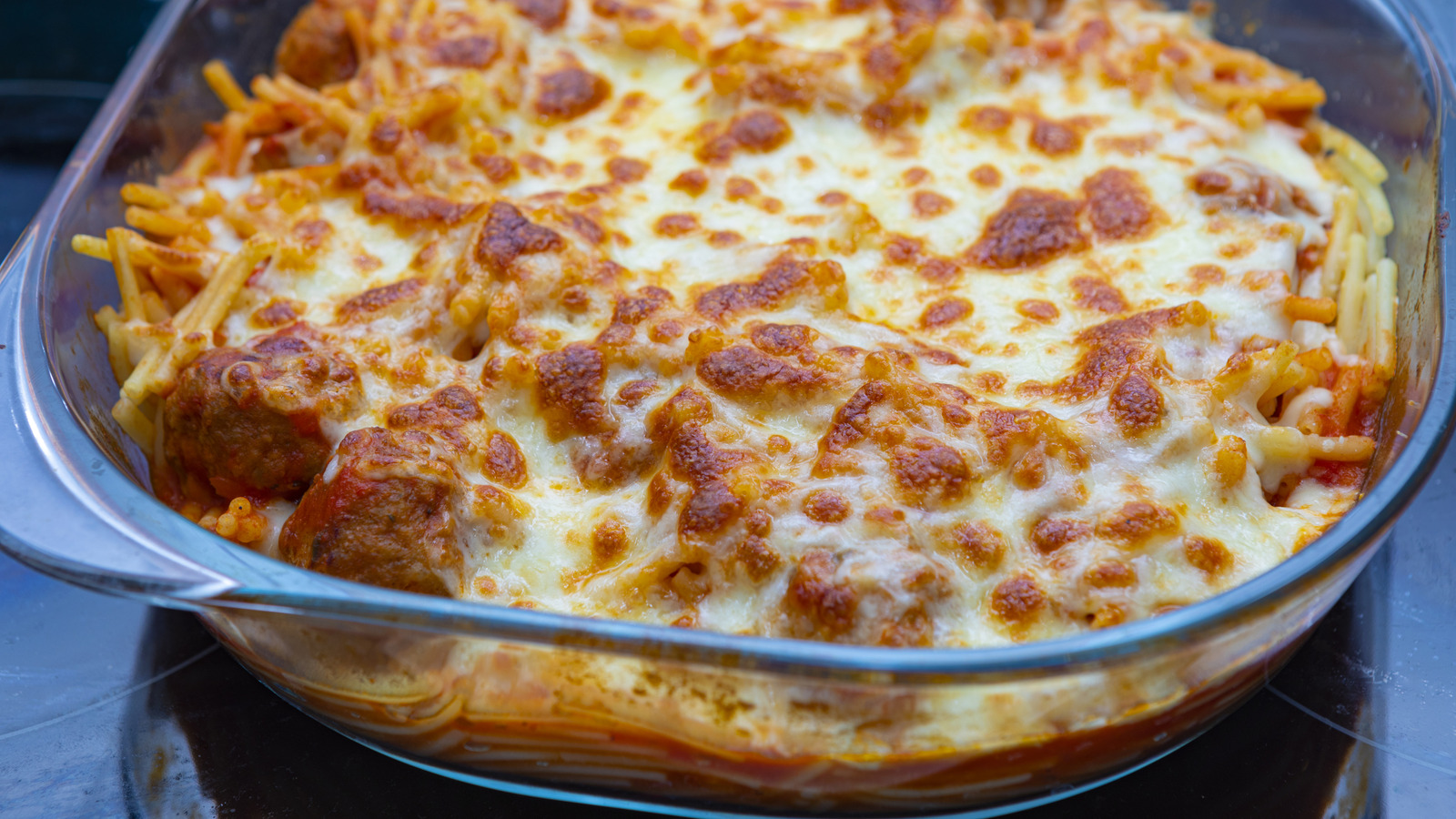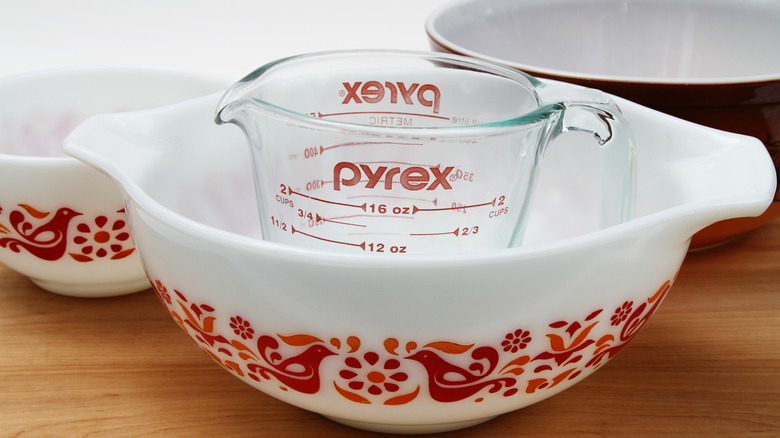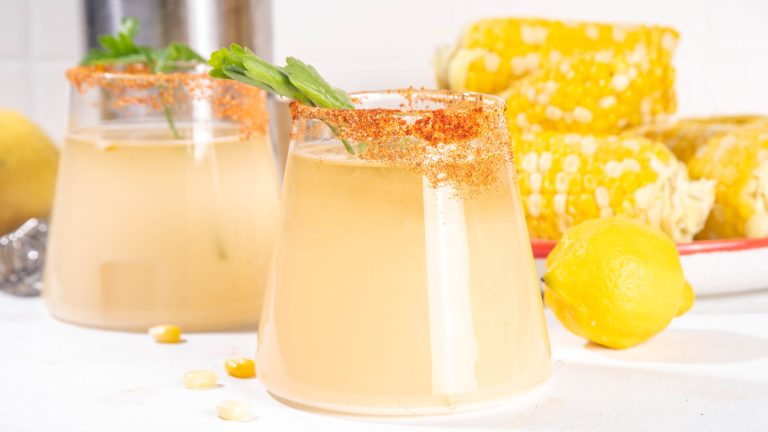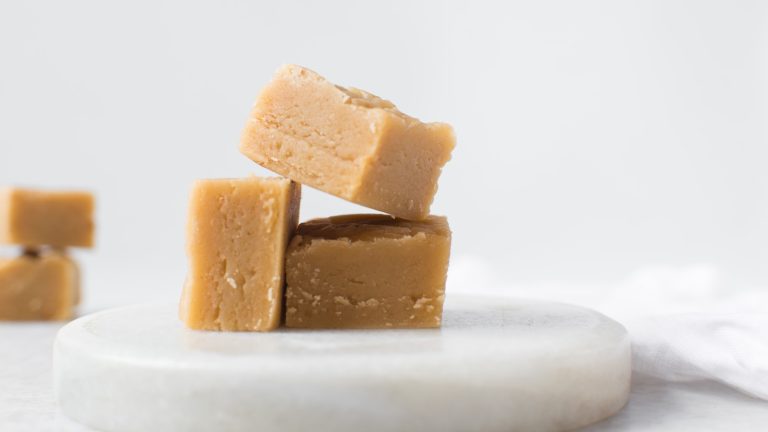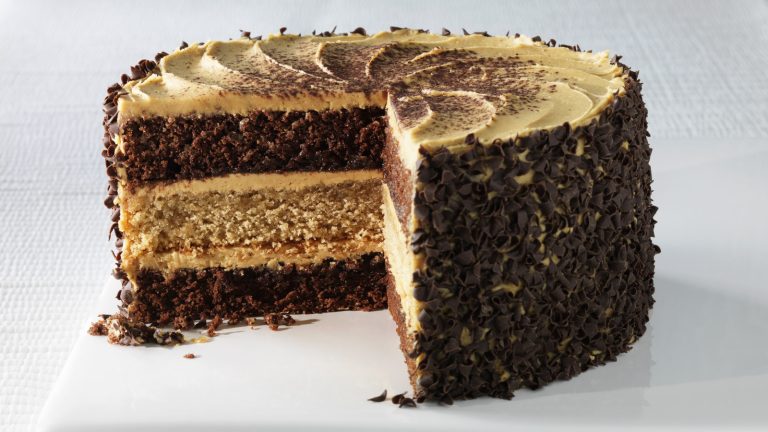Remember that rumor that Pyrex bakeware shatters in the oven, the one proven true in the early 2000s when a bunch of lawsuits started popping up? Somehow, the company that has been entrenched in exploding glass lawsuits since 2005 is still a wildly popular brand of cooking and baking supplies. The company has changed wording in its advertising and paid quite a few fines, but Pyrex’s thick glass baking dishes and storage containers are still kitchen icons.
We love using Pyrex, but that doesn’t mean we don’t hesitate when we’re filling a glass baking dish with an elegant homemade breakfast casserole or — even more questionable — turning to the oven to reheat leftovers in a Pyrex dish. We’re concerned enough that there’s another rumor going around, one that claims you can tell if Pyrex can explode based on the logo. Some say the dish is more likely to withstand heat if the letters in the logo are all uppercase. If the letters in the Pyrex logo are lowercase, the rumor is the cookware is more likely to explode. The rumor isn’t true. The likelihood that Pyrex products explode in the oven depends on the glass formula and how you use it. The old recipe for Pyrex-made glass withstands thermal shock better than the new recipe for Pyrex introduced to the market in the 1950s, and the company used both logos interchangeably on the two kinds of glass.
A switch in glass formula has changed the way Pyrex interacts with heat
To understand why some Pyrex products explode in the oven and why some don’t, we have to rewind back to the origin of Pyrex in 1915 and a 1950s change in the glass formula from borosilicate glass to soda-lime glass. While soda-lime glass is more cost effective to produce, it’s not as resistant to thermal shock as the highly resilient borosilicate glass.
But, if the company has used both the uppercase and lowercase logo interchangeably on glass made from borosilicate and on soda-lime glass products, how do you tell the difference? You could put your Pyrex through thermal tests and a few complicated chemical composition tests, or you can look for a few details that give you clues to your bakeware’s composition. Borosilicate glass tends to be more clear than soda-lime glass, which gives off a vague blue-ish tint. Some borosilicate glass products also have an etching or other type of mark in the glass indicating it’s made from borosilicate. Looking for little hints like these on your kitchen’s glassware helps you decipher the composition without cracking or shattering the glass.


